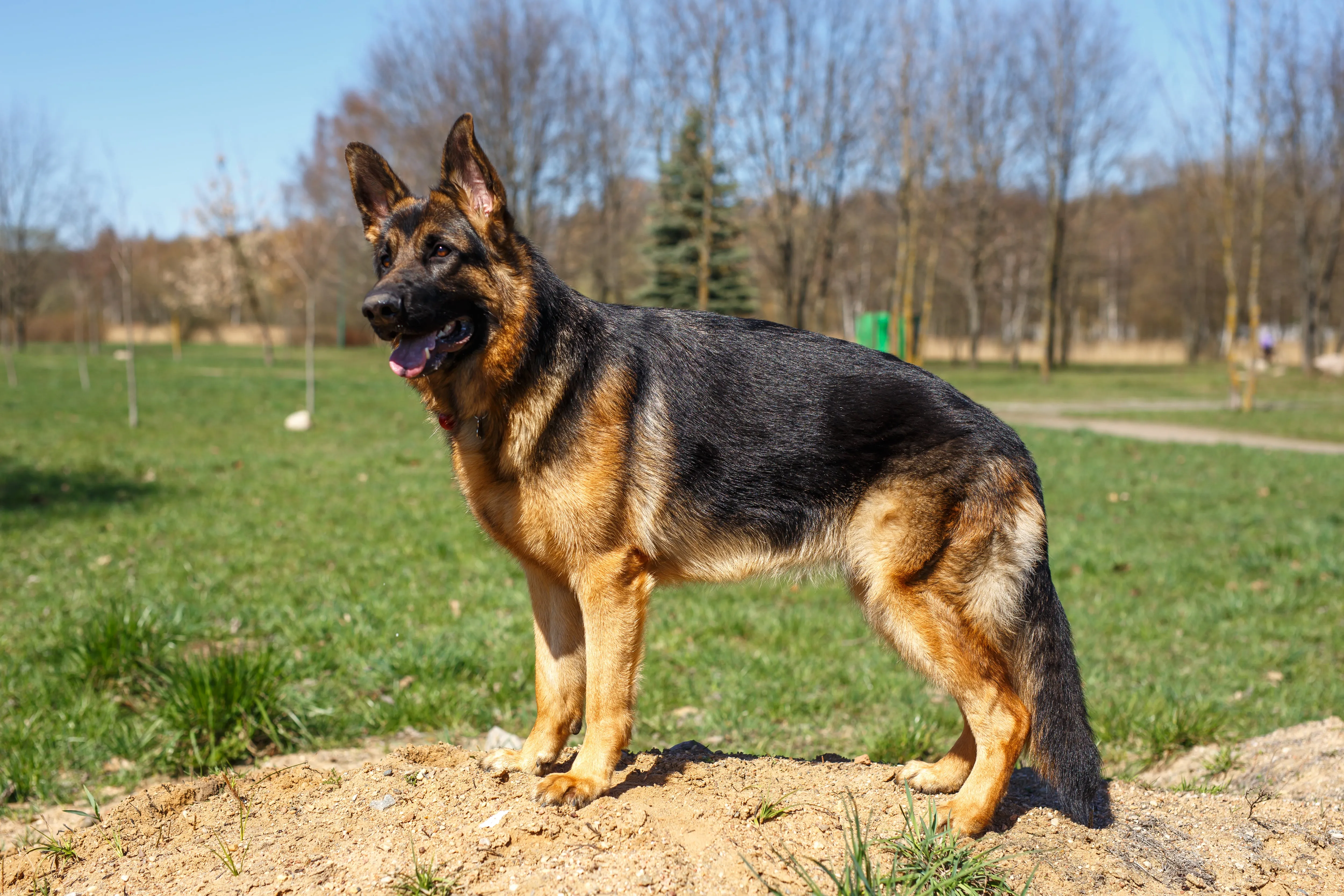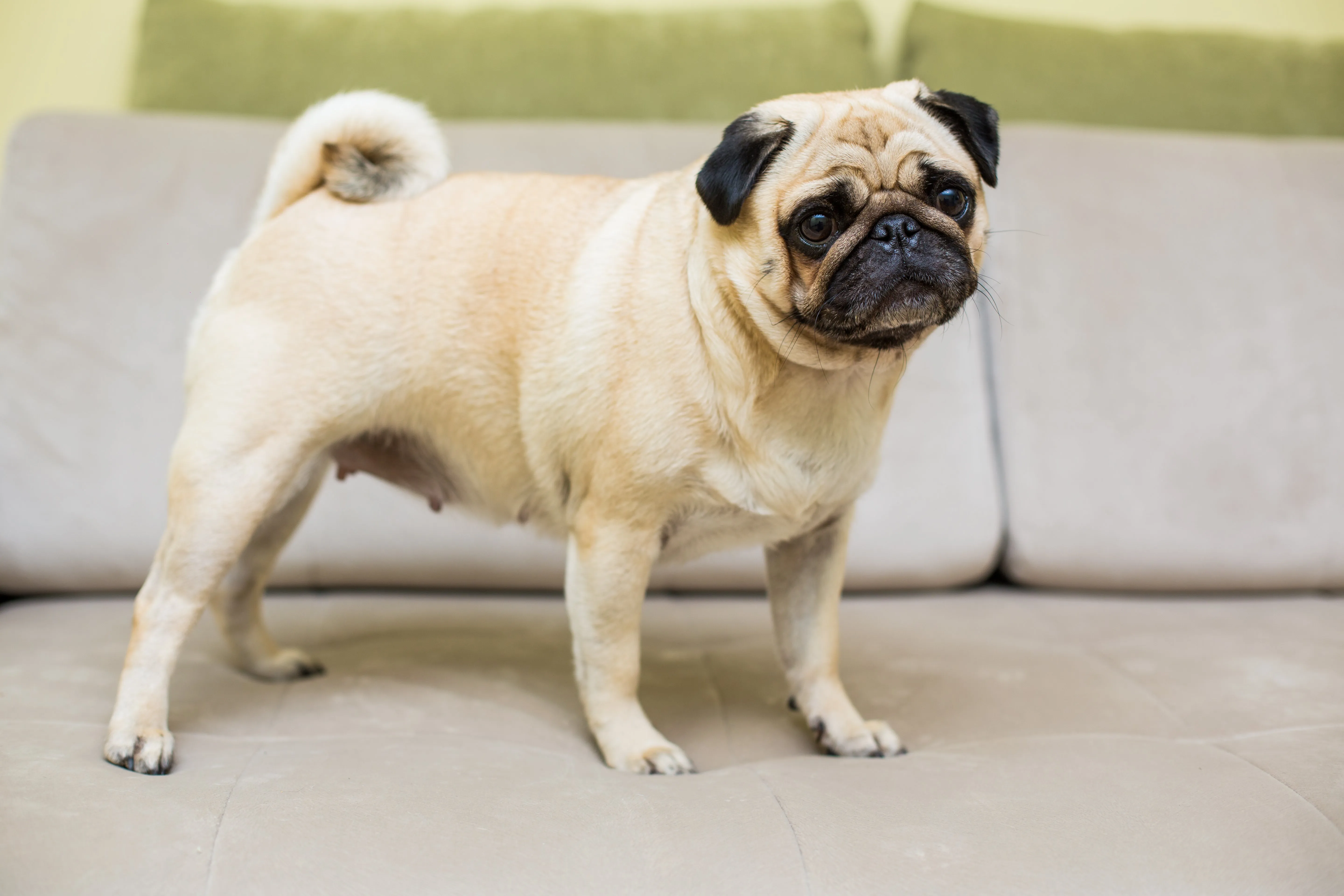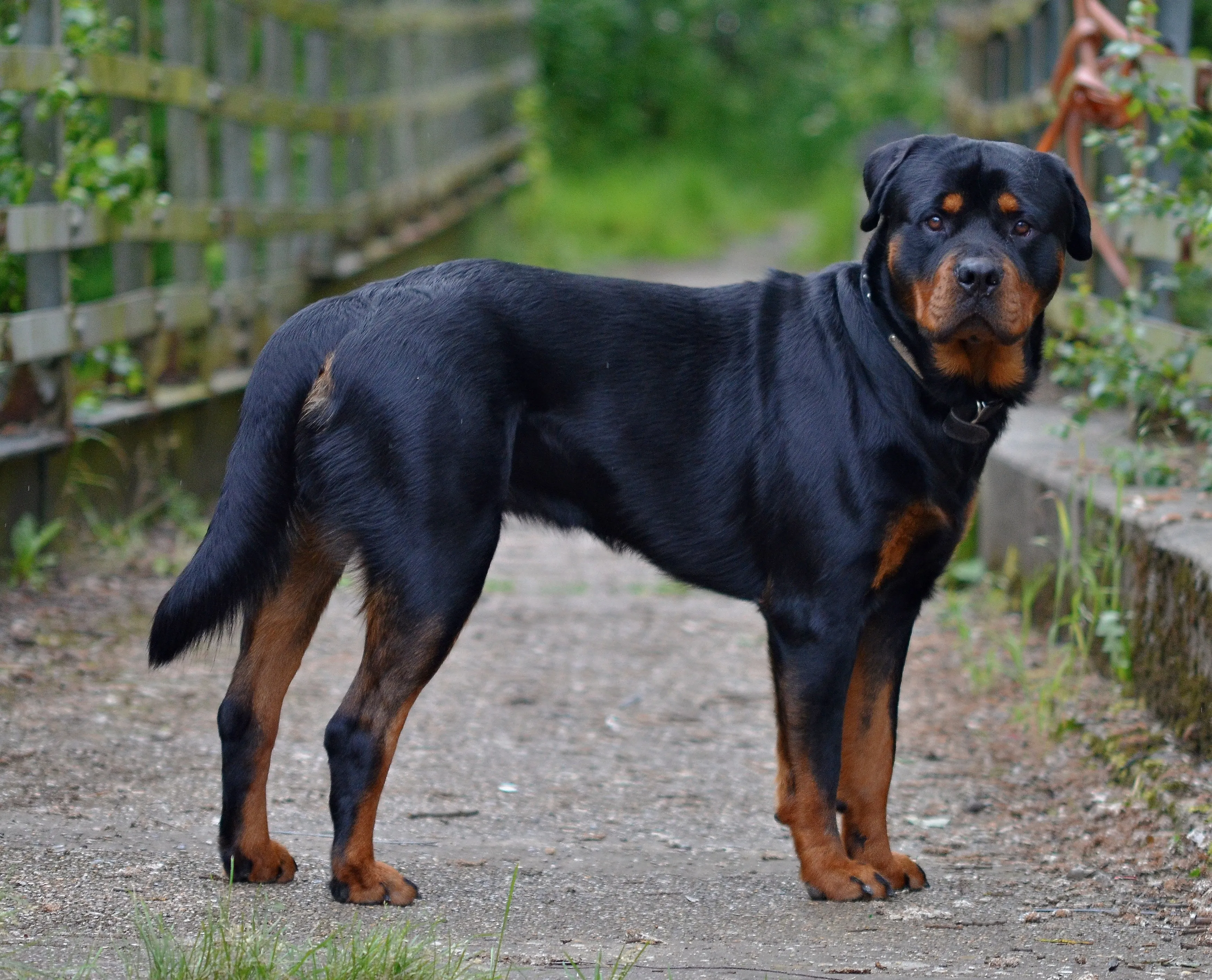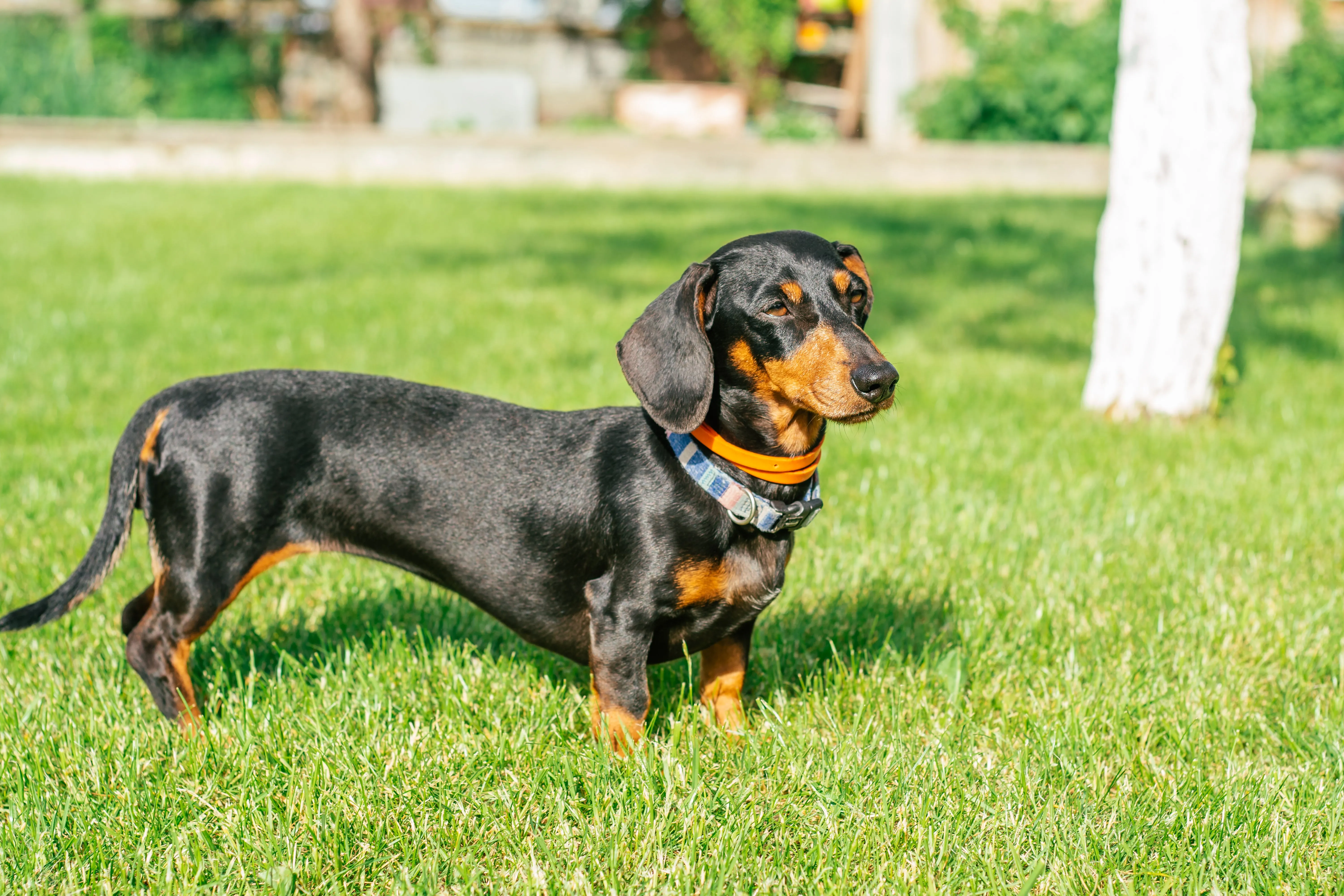Dogs have historically been an integral part of human civilization, evolving from their roles in hunting and tracking to becoming cherished companions that fill our homes with endless loyalty and tail-wagging joy. Adopting a dog is undoubtedly a life-changing experience, yet it presents a unique set of challenges and responsibilities. Prospective pet parents must carefully consider various aspects before welcoming a new furry family member, from understanding their needs to preparing their home, as detailed in our guide, ‘Guide to Pre-Parenting Stage of Dog Adoption’.
For anyone in India contemplating dog ownership, understanding the options available is the first crucial step. The diverse landscape of India is home to a wide array of canine breeds, each with its own distinct characteristics, temperament, and care requirements. This article will delve into the Most Common Breed Of Dog In India, exploring their unique traits, and outlining the benefits and potential challenges associated with adopting each one. Whether you are looking for a playful companion, a protective guardian, or a low-maintenance friend, identifying the right breed is essential for a harmonious life together. Before making a decision, you might also be interested in understanding the all breeds of dogs price in india, to ensure you are fully prepared for the financial commitment of pet ownership.
Labrador Retriever: The Ever-Popular Family Friend
Originating as gun dogs specializing in retrieving waterfowl, Labrador Retrievers have seamlessly transitioned into the role of beloved family companions. Their adaptable nature and eagerness to please have made them the most famous dog breed worldwide, and certainly the most common breed of dog in India. Labradors are renowned for their exceptional temperament, making them incredibly easy to train and a joy to live with for families, including those with children and other pets. They generally exhibit moderate barking tendencies and are versatile working dogs, excelling in various roles from assistance dogs to search and rescue.
However, potential owners should be aware of certain considerations. Labradors are known for excess shedding, which requires regular grooming to manage. They are also prone to ear infections and several other health issues, necessitating diligent veterinary care. Furthermore, their high energy levels mean they have significant exercise needs; without adequate physical and mental stimulation, they can become destructive. Despite these points, their loving and loyal nature often outweighs the challenges for many Indian families.
 Labrador Retriever puppy looking curious
Labrador Retriever puppy looking curious
Golden Retriever: The Gentle and Loyal Companion
Hailing from the Scottish Highlands, Golden Retrievers were originally bred as active hunting dogs with a soft mouth, ideal for retrieving game. Their extremely friendly and gentle nature quickly propelled them to prominence as cherished family pets in the United Kingdom, and they have since become beloved companions globally, including in India. Golden Retrievers are celebrated for being incredibly sociable and easy to train, making them excellent choices for families with children and other pets. Their empathetic nature also makes them wonderful therapy animals, providing comfort and support. They thrive on an active lifestyle and enjoy being involved in family activities.
Like Labradors, Golden Retrievers do experience excess shedding, requiring consistent grooming. While their friendly disposition is a major pro, it also means they are not typically good guard dogs. They can be prone to certain health issues, such as bloating, which owners need to monitor. If left alone for extended periods without sufficient mental and physical engagement, Golden Retrievers can become destructive. For those seeking dogs that dont shed and are friendly, a Golden Retriever might require more grooming than desired, but their friendliness is unparalleled.
German Shepherd: The Noble and Protective Guardian
As their name suggests, German Shepherds originated in Germany, where they were bred for herding sheep. Over time, their intelligence, loyalty, and disciplined nature saw them serve various roles, from police and military dogs during the World Wars to cherished family members worldwide, including in India. German Shepherds are highly trainable and incredibly versatile, excelling in obedience, agility, and protection work. They are renowned as one of the best guard dog breeds, offering unmatched loyalty and protection to their families. Often, with proper socialization, they can be very good with children, forming strong bonds.
However, owning a German Shepherd comes with significant responsibilities. They have high energy needs and require extensive exercise and mental stimulation to prevent boredom and potential behavioral issues. Due to their protective instincts, there is a potential for high aggression if not properly trained and socialized from a young age. Their large size necessitates considerable space, both indoors and outdoors, making them less suitable for small apartments. They can also be vocal and prone to destructive behaviors if their needs are not met.
 German Shepherd dog standing attentively in a field
German Shepherd dog standing attentively in a field
Beagle: The Merry and Curious Hound
Beagles were originally developed in England for hunting hares and serving as flushing dogs for hunters. By the end of the 19th century, they became a widely recognized breed in North America and have since gained international popularity. Today’s Beagles continue to be used in hunting, but they are also considered excellent family dogs and companions due to their cheerful and affectionate nature. They are generally a low-maintenance breed in terms of grooming and are typically healthy. Beagles are known for being excellent family companions and are particularly good with children, often enjoying playful interactions. They are also a sociable breed, generally getting along well with other pets.
On the downside, Beagles are famous for their loud howling, which can be a concern for neighbors or those seeking a quiet companion. They can be stubborn, which may present challenges during training, requiring patience and consistency. Beagles also experience excess hair fall and have the potential for destructive behavior if they are bored or not given enough attention and exercise. While they are adaptable, they typically require a large garden or access to a spacious outdoor area to satisfy their strong scent drive and exercise needs. For those considering dogs that don t shed and stay small, Beagles, despite their size, are not a non-shedding breed.
Pug: The Charming and Expressive Lapdog
The Pug, a beloved toy breed, boasts an ancient lineage, with similar dogs bred in ancient China as early as 400 B.C. Favored by royalty and popularized in European courts, especially during Victorian times, Pugs are now cherished for their loyalty, expressive faces, and endearing, fun-loving personalities. They are known for being good with children and other pets, making them adaptable family members. Pugs have low exercise needs and are considered low maintenance in terms of their overall care, making them ideal for apartment living. Despite their small size, they excel as watchdogs, alerting their owners to any perceived intruders with a surprisingly strong bark.
However, Pugs come with their own set of health concerns, primarily due to their brachycephalic (short-snouted) structure. They are prone to breathing problems and snoring, which can be exacerbated in extreme weather conditions, making them sensitive to both heat and cold. Pugs are also prone to obesity if their diet is not carefully managed, and they can suffer from separation anxiety if left alone for too long. Additionally, they are susceptible to various skin and eye conditions that require regular attention.
 Cute Pug dog relaxing on a sofa at home
Cute Pug dog relaxing on a sofa at home
Shih-Tzu: The Fluffy and Affectionate Lion Dog
Resembling a small lion, the Shih-Tzu originated in Tibet and was bred in the Forbidden City of Peking by crossing the Lhasa Apso and Pekingese. This charming breed gained recognition in Britain and the United States, becoming a popular companion and show dog all over the world, including India. Shih-Tzus have low exercise needs, making them perfectly suited for apartment living and less active individuals. They are known for their long lifespan and are generally good with children, enjoying gentle play. Their tendency for low barking also makes them desirable for urban environments.
Despite their small size, Shih-Tzus have high grooming needs due to their luxurious double coat, which requires daily brushing to prevent mats and tangles. Like Pugs, they can be prone to separation anxiety, often forming strong bonds with their owners. While generally well-behaved, they can exhibit stubbornness during training, requiring patience. Their brachycephalic structure also makes them prone to respiratory health issues and breathing problems, similar to Pugs, necessitating careful attention to their comfort in varying temperatures. For those specifically looking for mini dog breeds that don t shed, the Shih-Tzu, while small, does shed, albeit lightly compared to some other breeds, but its long hair requires significant upkeep.
Rottweiler: The Powerful and Loyal Protector
Rottweilers are considered one of the oldest surviving canine companions, with a history stretching back to Roman times where they served as driving or herding dogs. They gained popularity as herding dogs and later as family companions, becoming well-regarded for their strength and loyalty. Rottweilers are excellent watchdogs, possessing a natural protective instinct that makes them formidable guardians. They are also known for being low maintenance in terms of grooming and can be great service dogs due to their intelligence and robust build. Their extreme loyalty and protective nature towards their family are defining characteristics.
However, Rottweilers are not suitable for all households. They often do not get along well with kids and other pets if not properly socialized from a very young age and can be challenging for first-time owners. Their large size and immense strength make them tough to handle, requiring experienced ownership and consistent training. Rottweilers are not ideal for apartment living, as they have high exercise needs and thrive in environments with ample space. Furthermore, the breed’s perception can sometimes lead to societal biases, requiring owners to be responsible ambassadors for the breed.
 Powerful Rottweiler dog looking directly at the camera
Powerful Rottweiler dog looking directly at the camera
Pomeranian: The Vivacious and Fluffy Dynamo
With origins rooted in the German Spitz, Pomeranians became prominent lap dogs in the 18th century, captivating both nobles and commoners with their abundant, fluffy coats and fox-like faces. These vivacious dogs are celebrated for their lively, affectionate nature and sharp intelligence. Pomeranians are good for apartment living due to their small size and relatively low exercise requirements. They typically enjoy a long lifespan and can be good with children, though supervision is always recommended with very young kids. Despite their diminutive stature, they make excellent watchdogs, quick to alert their owners to any strangers or unusual sounds. They are also generally easy to train, eager to please their human companions.
On the flip side, Pomeranians can be stubborn during training if not approached with consistency and positive reinforcement. Their luxurious double coat necessitates high grooming needs, including regular brushing to prevent matting. They are prone to dental issues, requiring diligent oral hygiene. Pomeranians can also be prone to excessive barking, which can be a nuisance if not managed through training. Without proper boundaries, they can become spoiled and entitled, leading to undesirable behaviors. The popularity of smallest dog breeds that don t shed means that some owners might consider a Pomeranian, but while small, they are not a non-shedding breed and require regular grooming.
Boxer: The Playful and Energetic Guardian
Originating in Germany in the late 19th century, Boxers are descendants of the now-extinct Bullenbeiser, crossed with bulldogs to create a powerful hunting dog. Initially bred for large game, they also served as cattle herders before their popularity surged globally after World War I, when soldiers brought them home. Boxers are known for being good with children, often displaying a playful and patient demeanor. They are natural watchdogs, instinctively protective of their families and homes. Grooming requirements are low due to their short, sleek coats, making them relatively easy to maintain. Boxers are generally easy to train, responding well to consistent, positive methods, and are a truly protective breed.
However, Boxers can exhibit stubbornness, requiring a firm yet gentle hand in training. Their short snout makes them sensitive to extreme weather, particularly heat, so care must be taken to prevent overheating. Some females in the breed can be particularly aggressive if not properly socialized and trained. Gassiness and drooling are common traits of the breed, which some owners may find challenging. They are also prone to various skin issues, necessitating regular checks and appropriate care.
 Majestic Boxer dog standing confidently against a backdrop of trees
Majestic Boxer dog standing confidently against a backdrop of trees
Dachshund: The Distinctive and Affectionate Hound
The Dachshund, with its unique elongated body, was originally developed in Germany in two sizes: the standard for hunting badgers and wild boar, and the miniature for chasing foxes and hares. Recognized by the AKC in America, the breed gained international fame in the 1930s and 1940s. Dachshunds make good watchdogs despite their small size, quickly alerting owners to intruders. They are extremely affectionate with their families, often forming strong bonds. Their distinct appearance is instantly recognizable, and they are generally low shedding, which is a plus for many owners. Highly adaptable, they can thrive in various living situations, including apartments.
Despite their endearing qualities, Dachshunds are known for their loud barking, which can be problematic in close living quarters. They can also be hard to housebreak, requiring consistent and patient training. Dachshunds are not always good with kids and other pets, especially if not socialized early, and their strong prey drive can make them chase smaller animals. They may not be the best choice for first-time pet owners due to their potential stubbornness and specific care needs. Furthermore, their unique body structure makes them prone to certain health issues, particularly spinal problems, requiring careful handling and management to prevent injury.
 Black and tan Dachshund dog standing with a collar in green grass
Black and tan Dachshund dog standing with a collar in green grass
Conclusion
Choosing a dog is a significant decision that impacts many years of your life and your family’s. India’s canine population is wonderfully diverse, offering a range of breeds that cater to different lifestyles, preferences, and living situations. From the energetic Labrador to the charming Pug, each breed brings its own set of joys and challenges. Understanding the unique characteristics, exercise requirements, grooming needs, and potential health concerns of the most common breed of dog in India is paramount for responsible pet ownership. By carefully weighing the pros and cons, potential owners can make an informed choice that leads to a fulfilling and happy life with their chosen companion. Explore our Dog Care Story blog for more comprehensive guides on pet parenting and breed-specific care, ensuring you have all the knowledge to provide the best for your furry friend.
